
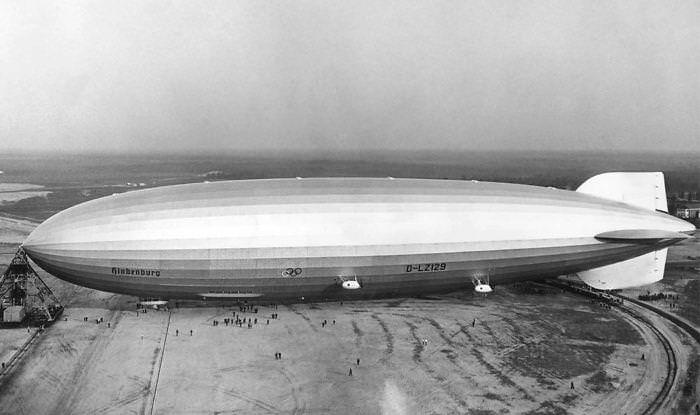
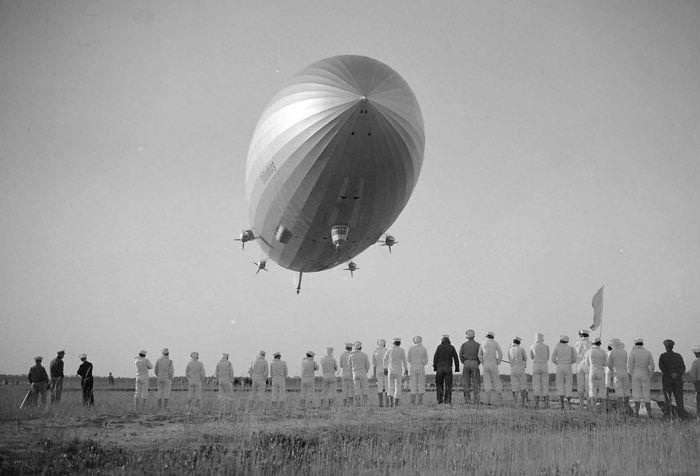
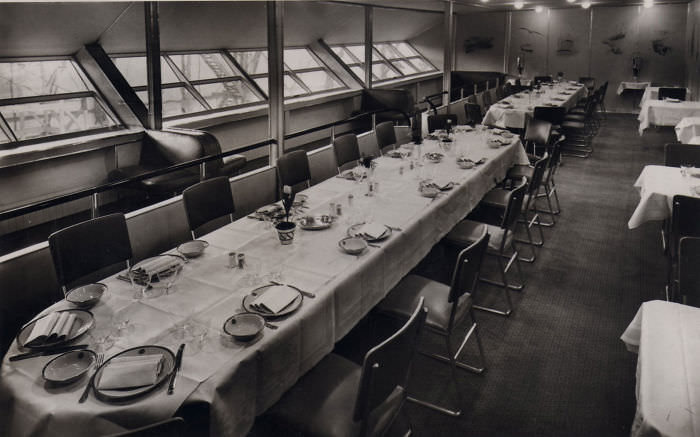
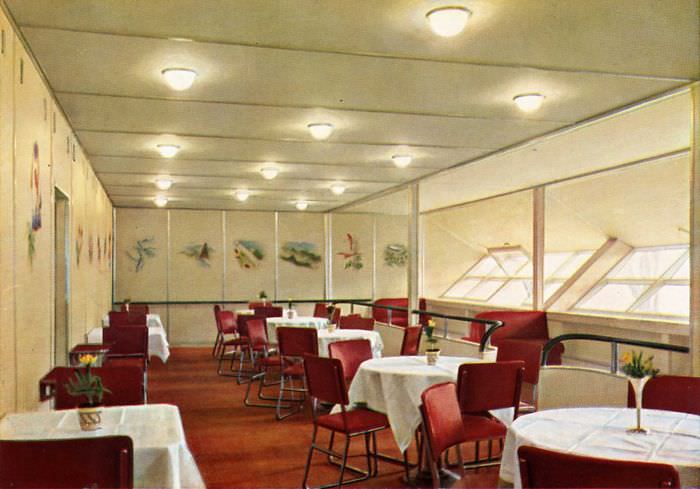
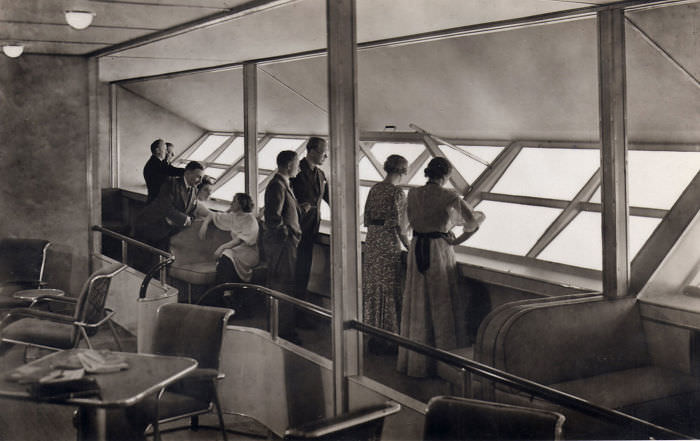
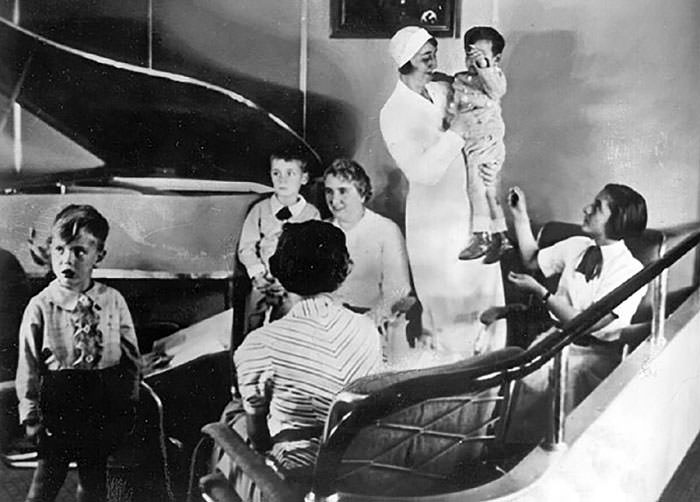
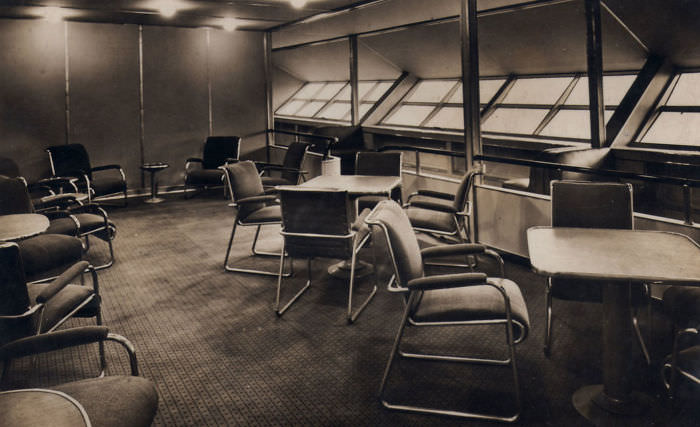
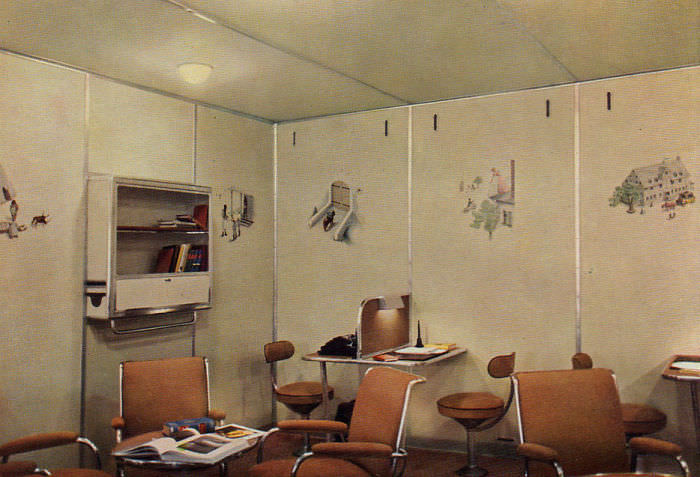
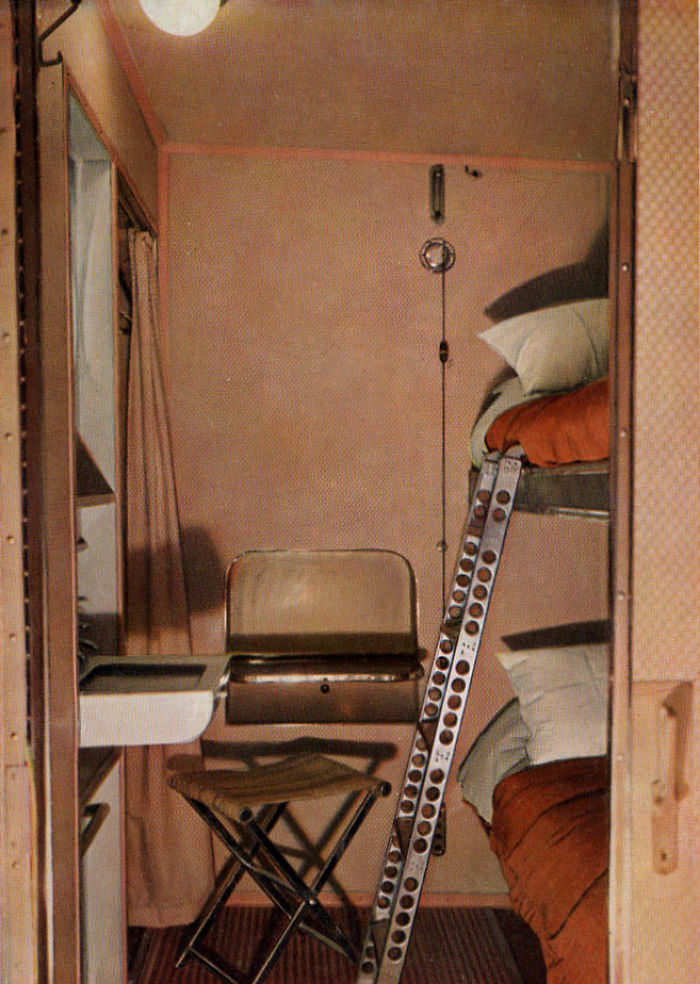
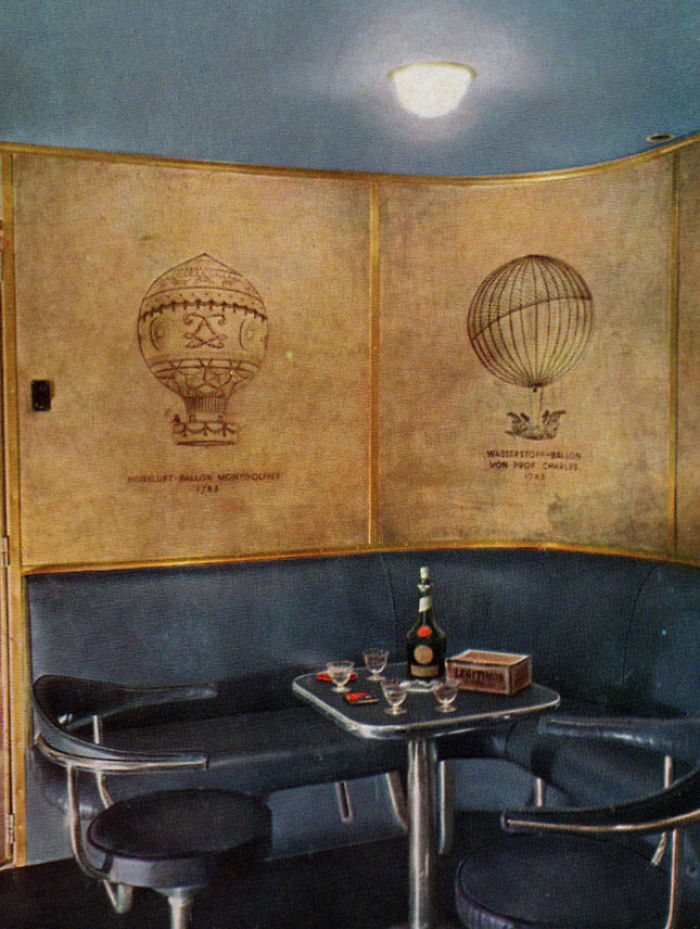
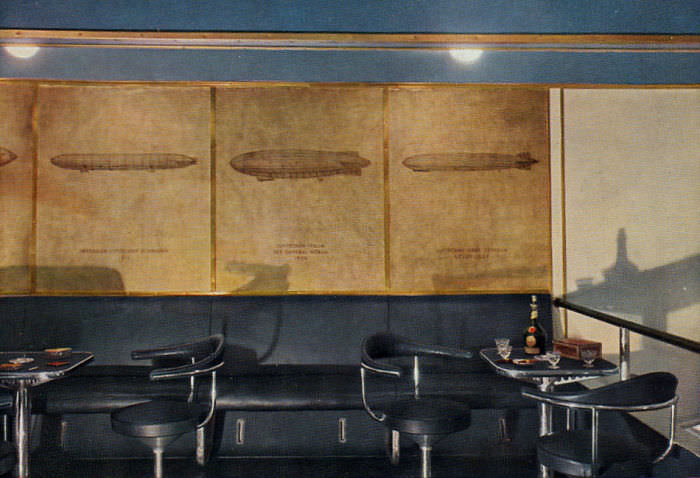
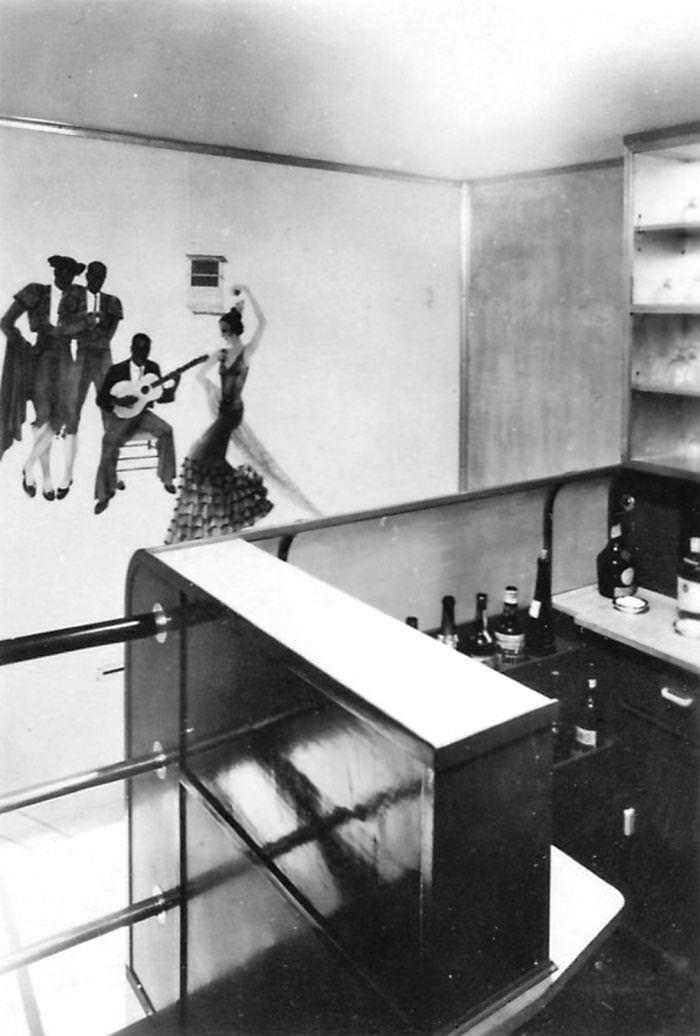
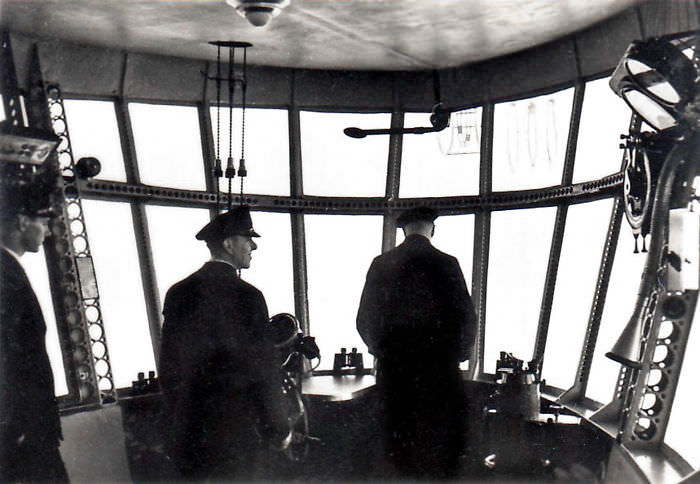
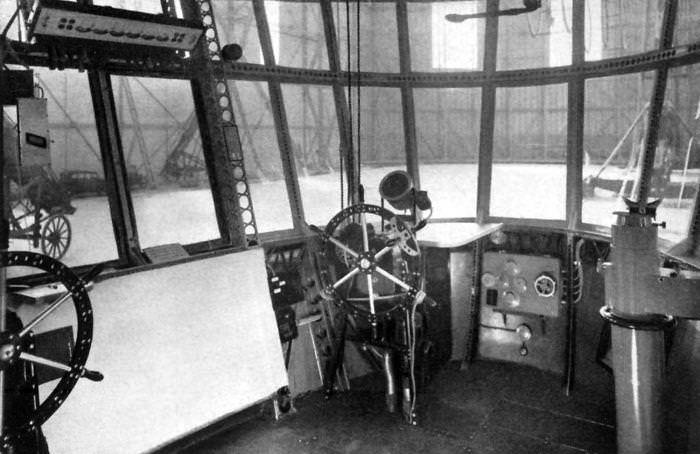
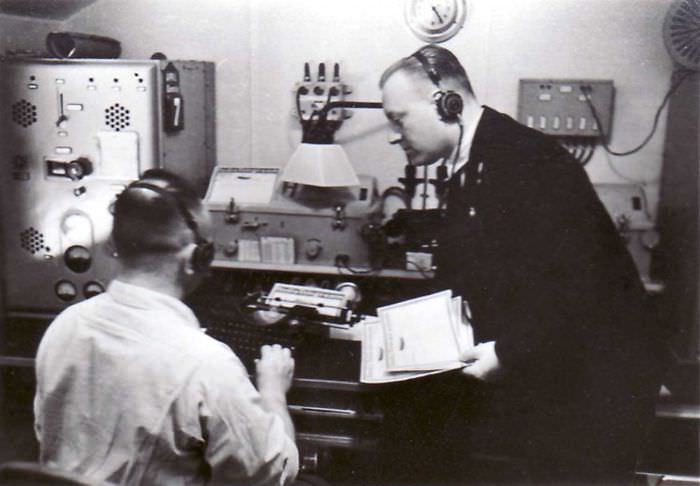
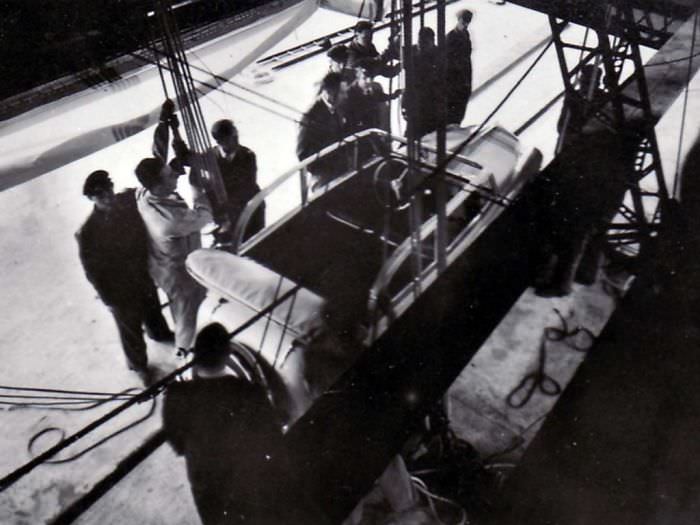
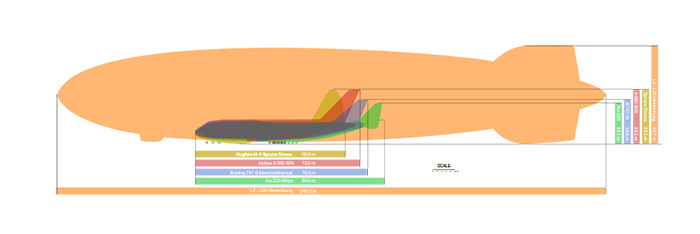
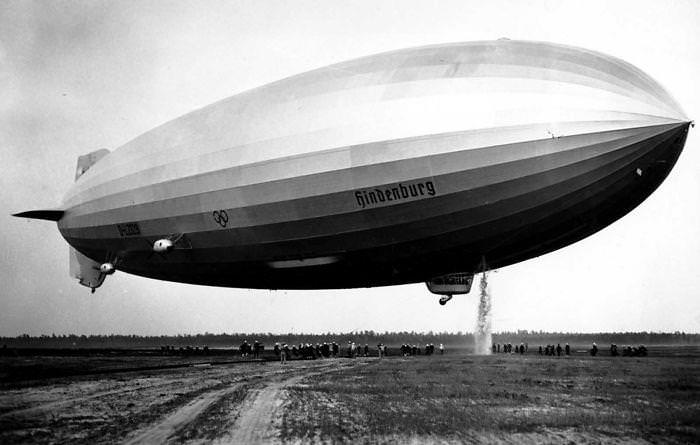

15 Fascinating Photos That Bring 1930s China to Life
These rare photos unveil some hidden stories from 1930s China.

20 Modern Sculptures That Prove Art Is Alive and Well!
Here are some of the world's most notable examples of modern sculpture. These awesome designs should be in every city!

What Were They Thinking? Hilarious Car Designs!
These people went a little overboard while designing their cars.

All Aboard the World’s Most Scenic Winter Train Trips
This winter, take a trip on some of the most beautiful winter train rides across the world.

20 Rare & Bizarre Things That Actually Exist On Our Planet
This collection of pictures features some of the most unusual and bizarre things that people came across in nature.

20 Breathtaking Photos of Our Crazy Beautiful Planet
Sit back and enjoy some gorgeous photos from around the world.

These Women Were the First EVER Supermodels in History
Modeling looks like an obvious career path to us now, but it wasn't always so. Who were the first-ever supermodels who paved the way for stars like Cindy Crawford?
 48:04
48:04
Documentary: Uncovering the Mystery Surrounding Pompeii
This fascinating documentary reveals the terrible truth of what happened to the people of Pompeii on that fated day...

8 Ordinary English Words With Surprisingly Spicy Origins
The origins of all these 8 seemingly innocent words - e.g. gymnasium, avocado, and nice - are not for the faint of heart, as they're quite naughty!

Spooky! Science Can't Explain These 8 Phenomena
Here are some of the most common inexplicable phenomena - from ghosts to man-like beasts, to unexplained feats of the mind itself.
 45:39
45:39
These 5 Extraordinary People Really Are Superhumans!
This gripping documentary tells the stories of five exceptionally talented people with unique gifts.

The Surprising Origin of 5 Everyday Practices and Items
We all know the Ancient Greeks gave us democracy but what about birthday cakes? These are 5 everyday things you didn't know originated in Ancient Greece.

17 Terrific Charts to Expand Your General Knowledge
We have a treat for all lifelong learners. It’s a list of 17 charts that will enrich your knowledge in geography, nutrition, linguistics & anything in-between!
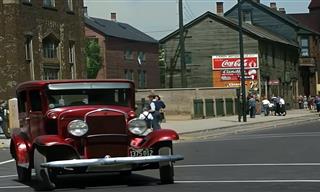 13:08
13:08
Watch the Great City of Chicago as it Was in the 1930s...
A rare and vivid window into the daily life, fashion, and architecture of Chicago during a defining decade in American history.
 2:29
2:29
CDs Become Magic Tools in This Mind-Bending Act
Watch this mind-bending magic act by Florian Sainvet in America's Got Talent.

What’s Written in the Sky? 8 Greek Constellation Myths!
Have you ever wondered how constellations got their names? These stories from Ancient Greece reveal the mythology behind 8 prominent constellations in the sky.

12 Unusual Ancient Currencies You Probably Never Hear Of!
With no credit cards and cash around, what did the people of the past use to buy things? It turns out that the list of objects used as ancient currencies is quite surprising!
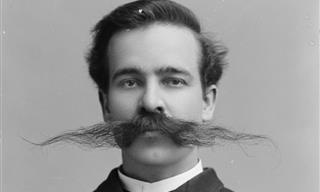
You Don't See a Lot of Vintage Portraits Like These...
In this post we will give you a swift glimpse of the portrait collection of one of the leading photographers of 19th-century Washington.
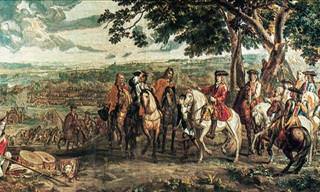
10 Battles in History Most People Don't Know About
The world would have been very different had it not been for these battles.

The USA 115 Years Ago... What Was It LIKE?
We take so much for granted in the modern world. Read through these astonishing facts and realize just how different life was in the US back in 1910.

Find Your Holiday Cheer in These 10 Christmas Books
These charming Christmas books will get you in the mood for the holidays.
 2:59
2:59
A Fistful of Dollars: Live and Unforgettable Performance
Watch The Danish National Symphony Orchestra perform Ennio Morricone’s classic song "A Fistful of Dollars."

Do You Know About the Mysteries of These Famous Icons?
What do you know about these intriguing works of art? Discover their mysteries here.

24 Classic Books That Give You Important Life Lessons
Here is a look at ten great classic books that have some deep underlying moral lessons for all of us.

Was This the WORST Year in Human History?
We thought 2020 was probably the worst year in human history. But wait till you read about the chaos that ensued in 536 AD.

The 12 Moonwalkers: The Men Who Touched The Lunar Surface
Here's a look at the only 12 men in history to have walked on the surface of the moon.
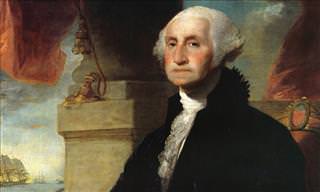
8 Facts You Learned at School that Are No Longer True!
The passage of time leads things that were once accepted as facts to actually be proven as incorrect. Here are 8 supposed facts that aren’t really true.

You’d Be Surprised at How Valuable These Old Items Are!
These 9 ordinary old items that could be extremely valuable today. Some of them may be collecting dust in your home right now...
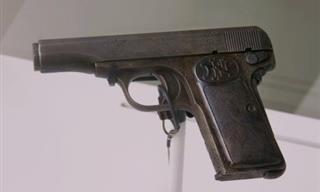
7 Guns that Changed History
This article explores famous firearms’ backstories, the events they were part of, and the legacies they left behind.

11 English Words You Didn't Know Were Actually Spanish!
Learn about the Spanish etymology of 11 words in American English (and a bonus at the end!)

These Useful Charts Are Handy In Various Life Situations!
With infographics and charts, you can learn and remember new information in such an easy and fun way!

17 Historical Photos That Tell Unforgettable Stories
We’ve gathered 17 fascinating photos and facts that offer a unique glimpse into the past.

10 Popular Foods That Were Discovered in Unusual Ways
This article takes a look at the unexpected origins of some famous food products.

12 Mind-Blowing History Facts You Never Knew Were True!
These historical facts may not sound particularly likely, but trust us, they're really true!

These 6 People Have an IQ Higher Than Einstein!
Einstein's name has long been used as a synonym for genius, but history is full of other tremendously intelligent people. Here are 6 noteworthy examples!
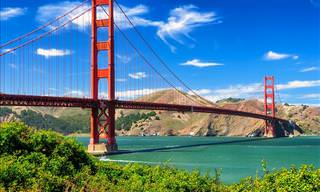
I Bet You Never Knew These U.S. Geography Facts...
Do you consider yourself to be a proud American who knows all there is to know about the good ol’ U.S. of A.? We bet you didn't know these facts!

8 Shocking Items Unearthed During a Home Renovation
If you’re planning a home renovation, be prepared for the unexpected, as you may dig up some pretty surprising things, like the people in these 8 cool stories

6 Short Stories to Help You Stay Motivated in Life
If you’re feeling down, rather than surf the internet for cat pictures or drowning your sorrows by reading junk, check out these inspirational and powerful Short Stories
 5:07
5:07
A Christmas Classic Sung Beautifully by Andrea Bocelli
Celebrate the season with Andrea Bocelli’s soulful rendition of ‘Jingle Bells’.

The Story Behind One of History's Coolest Photographs
The Story Behind Ormond Gigli’s Photo: “Girls in the Windows”

You Won't Find These Unusual Facts in An Encyclopedia!
In this article we have collected some incredible facts about our world that you definitely won’t find in an encyclopedia! Take a look!

Gene Hackman: A Look Into the Life of a Consummate Actor
The following biography chronicles Hackman’s journey from a modest upbringing and military service to Hollywood stardom, his personal life behind the scenes, and the enduring legacy he left after retirement.

Ancient Legends: 13 Terrifying Folklore Creatures
These fearsome folkloric beings have been keeping people awake for generations.

These Native American Achievements Are Truly Outstanding!
Read all about ten of the greatest achievements that the Native Americans made before the arrival of Europeans

15 Vintage Toys All '60s and '50s Kids Know and Love
Ready to revisit 15 of the most loved and remembered vintage toys from the '60s and '50s?

20 Things Most People Think Are the Same, But Aren't!
These words are often mistaken for synonyms, but in reality they are nothing of the sort, because they refer to different things. Learn about 20 of them.,
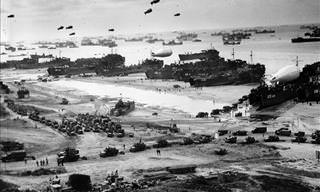
These Alternate Versions of History Will Blow Your Mind...
Our world is full of 'what if?' questions, since we just love to speculate about how things could have turned out differently. Here are 10 of the best!
To enable your Ad-Free Subscription, please fill the fields below
Your subscription was successful, now you can enjoy an ad-free experience!! Note: To make sure you get no ads, please make sure to log in to your account. If you are logged in already, then refresh the page. The subscription can be cancelled at any time.


